Chinatown opens through a large red gate facing State Street. The gate was designed to reflect traditional Chinese architecture, just like the building that sits behind it. Inside the complex is an array of Asian restaurants and stores, and in the middle of it all, a giant Asian supermarket.
Salt Lake Chinatown opened its doors in 2014, with the goal “to share with, expose to, and educate our guests and patrons about the beauties of Asian cultures and traditions” and to act as a gathering place for Asian Utahns to celebrate these traditions, as is stated on their website.
The 100,000-square-foot complex is home to over 20 restaurants and shops, making it the largest Asian market in Utah. It’s located at 3390 S. State Street and opens from 8 a.m. to 10 p.m. every day.
“The idea behind this [space] is to leave this very authentic [monument] to the Asian culture. It doesn’t mean just China,” said April Frampton, Chinatown’s Public Relations liaison. Andrew So owns Chinatown and operates the Chinatown Supermarket, but was unavailable for an interview.
Food
The Chinatown Supermarket sells ingredients and snacks from all over Asia. They also run a bakery and a large seafood department.
Frampton pointed to the wide selection of produce the market stocks. It includes several kinds of bok choy, basil, mushrooms and even “hard-to-find produce including durian, jackfruit, dandelion leaves, taro, winter melon and so much more,” as was highlighted in a blog post from Visit Salt Lake.
Towards the back of the market, tanks of live crabs and lobsters stand next to a huge display of fish resting on ice in a market-style presentation.
“It replicates what you would see if you were in China, or if you were going to these markets just out on the street,” Frampton said.
The bakery serves goods like Hong Kong sesame balls, a Chinese pastry made by frying rice flour dough and later rolling it in sesame seeds.
“One thing that Andrew is really, really proud of is that his mom specializes in the Hong Kong sesame seed balls,” Frampton described, so he likes to highlight them when he can.
The Chinatown Supermarket is not the only place to explore Asian foods. The 19 restaurants in Chinatown serve many kinds of cuisine, including Korean, Vietnamese, Japanese and Chinese.
Festivities
Two yearly festivals are celebrated in Chinatown: Chinese New Year and the Moon Festival.
The Chinese New Year is a 15-day celebration that begins in January or February with a new moon and ends with the following full moon.
“The Chinese New Year really represents the significance of bringing in the new and letting the old go,” Frampton said. Many aspects of the celebration are symbolic.
For example, red envelopes filled with money are gifted to friends and family. Red is a symbol of good luck and is often associated with Chinese celebrations. This gift symbolizes good wishes for the new year.
In Chinatown, the new year is celebrated hosting dancers and performers at the complex. The Lion Dance is performed by two people to bring good luck and prosperity. The festivities also include demonstrations of Kung Fu and Chinese music.
Later in the year, the Mooncake Festival takes place in the fall between early September and October. The festival is held on the night of the full moon in this timespan. The festival generally celebrates the gathering of friends and families.
Foundations
On the wall above a row of couches in the complex, an exhibit of photos by Corky Lee is displayed as a tribute to the Asian American photographer. The photos highlight the history of Chinese railroad workers in Utah.
The transcontinental railroad was completed thanks to the contributions of 12,000 Chinese workers. Many of these workers died in the face of harsh conditions and worksites that used dynamite to forge tunnels. The railroad was completed in 1869.
“At the day of the big celebration in 1869, the Chinese railroad workers were not invited but the non-Asian workers were,” reads the poster explaining the Chinatown exhibit. Much of Lee’s photography aimed to right this injustice and recognize Chinese immigrants’ work on this monumental historical feat.
The exhibit was created in partnership with the Chinese Railroad Workers Descendants Association, a nonprofit that “seeks to preserve, promote and protect the contributions made by Chinese railroad workers to the United States,” according to their website.
Opposite the wall these photos are on is a line of flashing claw machines. An Asian fusion restaurant is next to those, and on the ceiling, a dragon made of paper twists through the hallway.
Chinatown is a fusion of modern Asian culture and Asian tradition, and it celebrates all that makes up these vibrant communities.








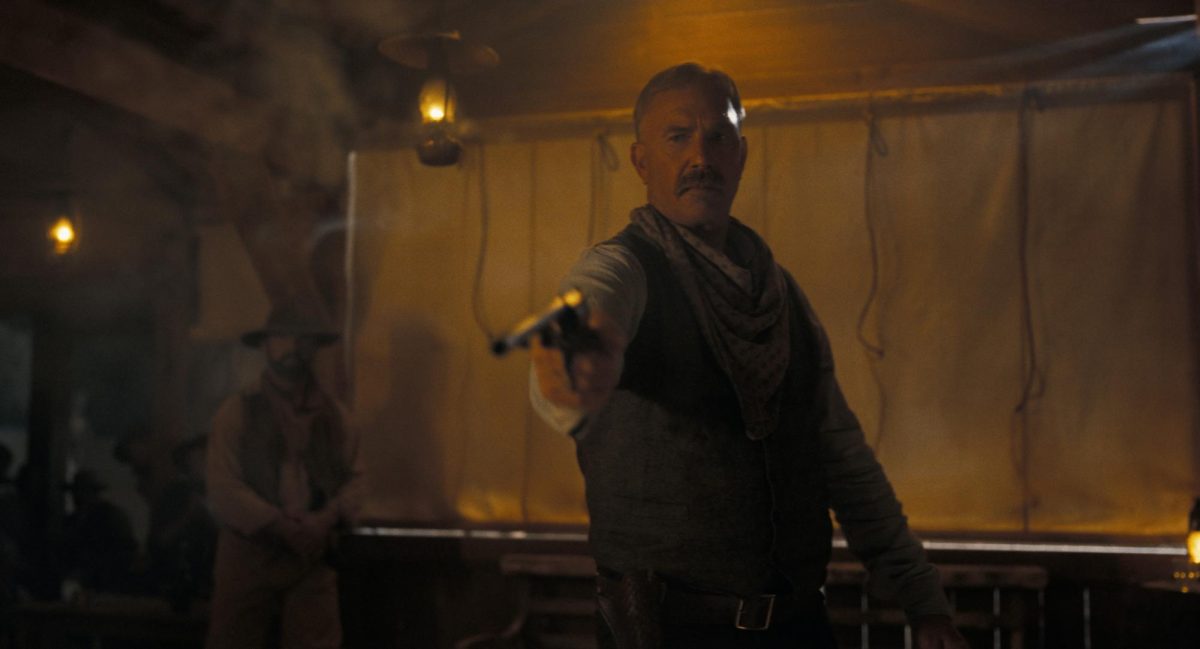


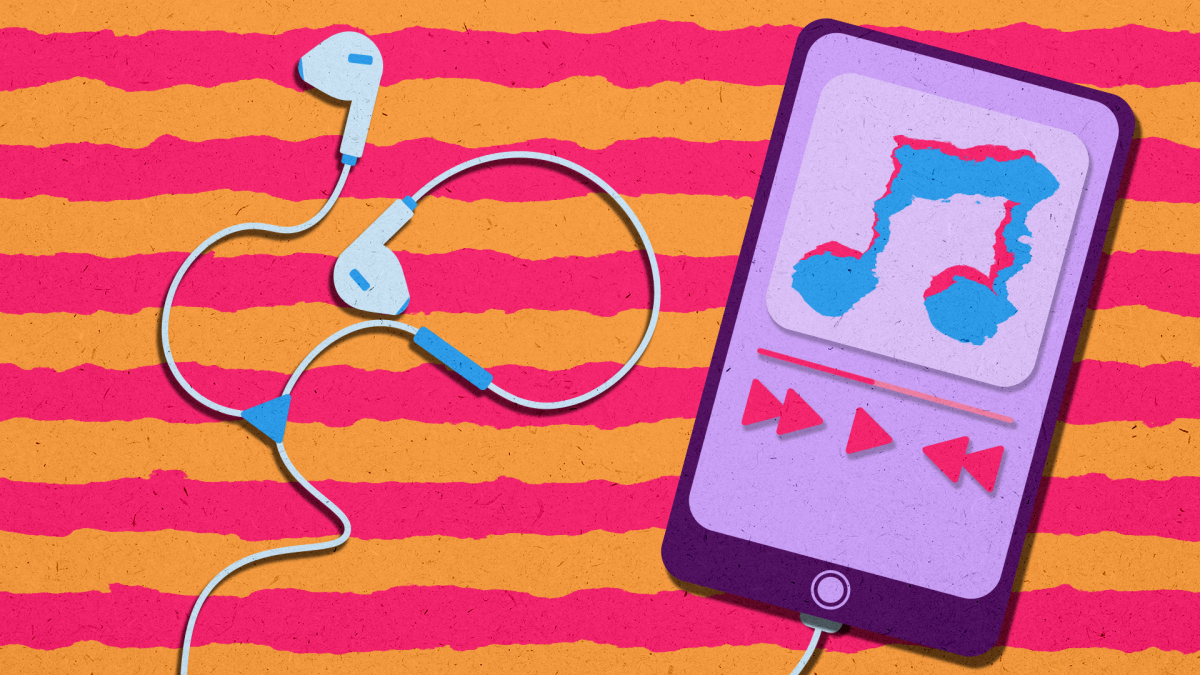
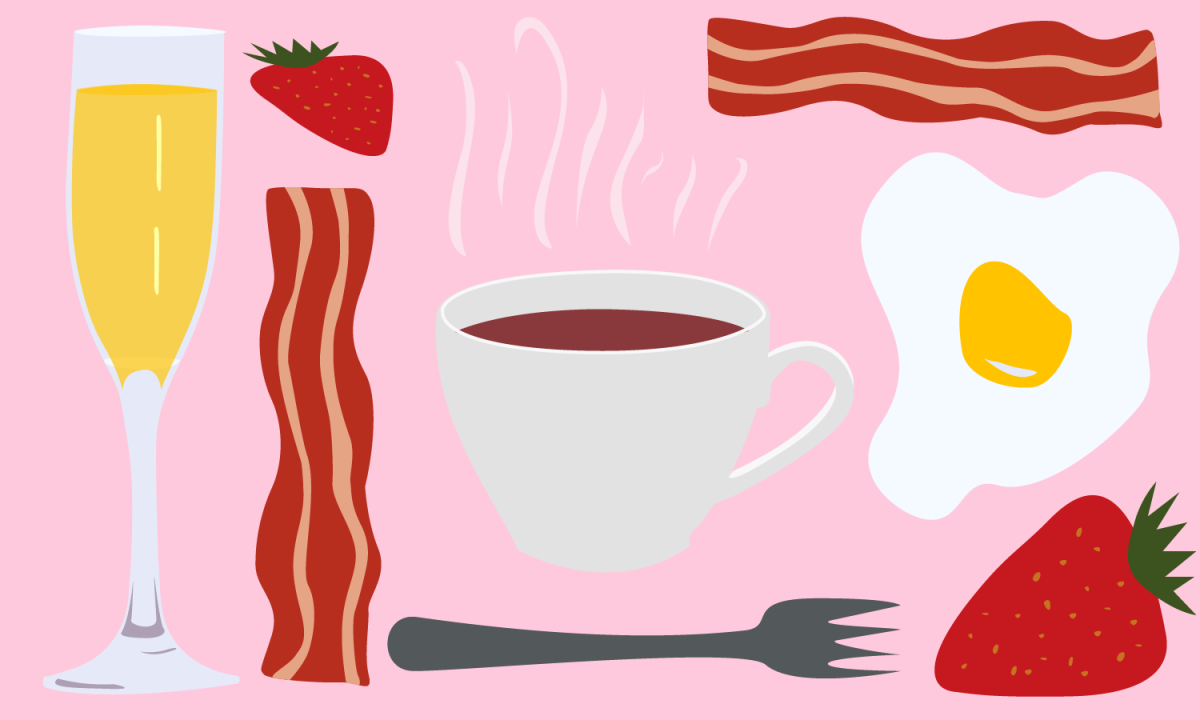
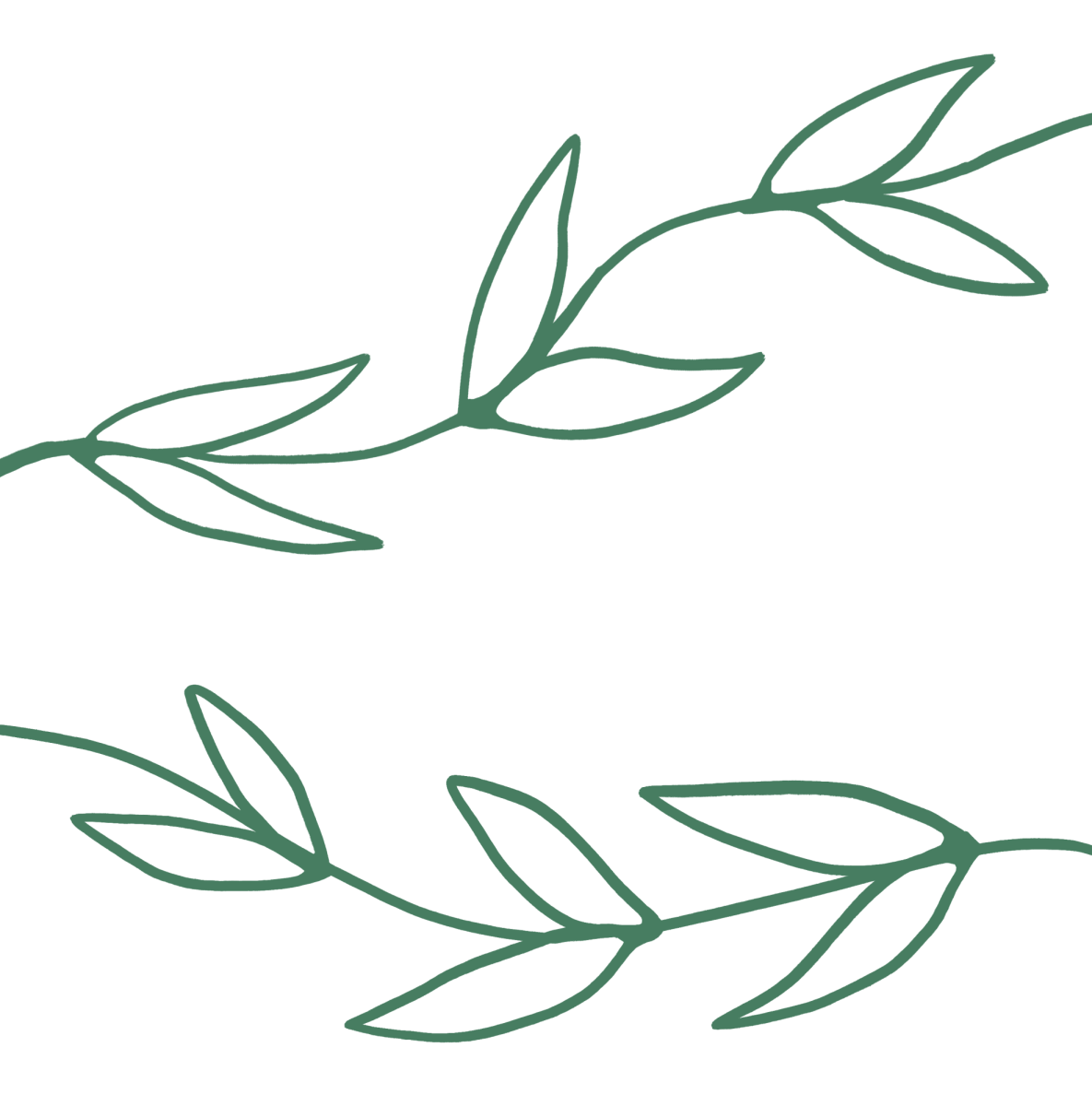
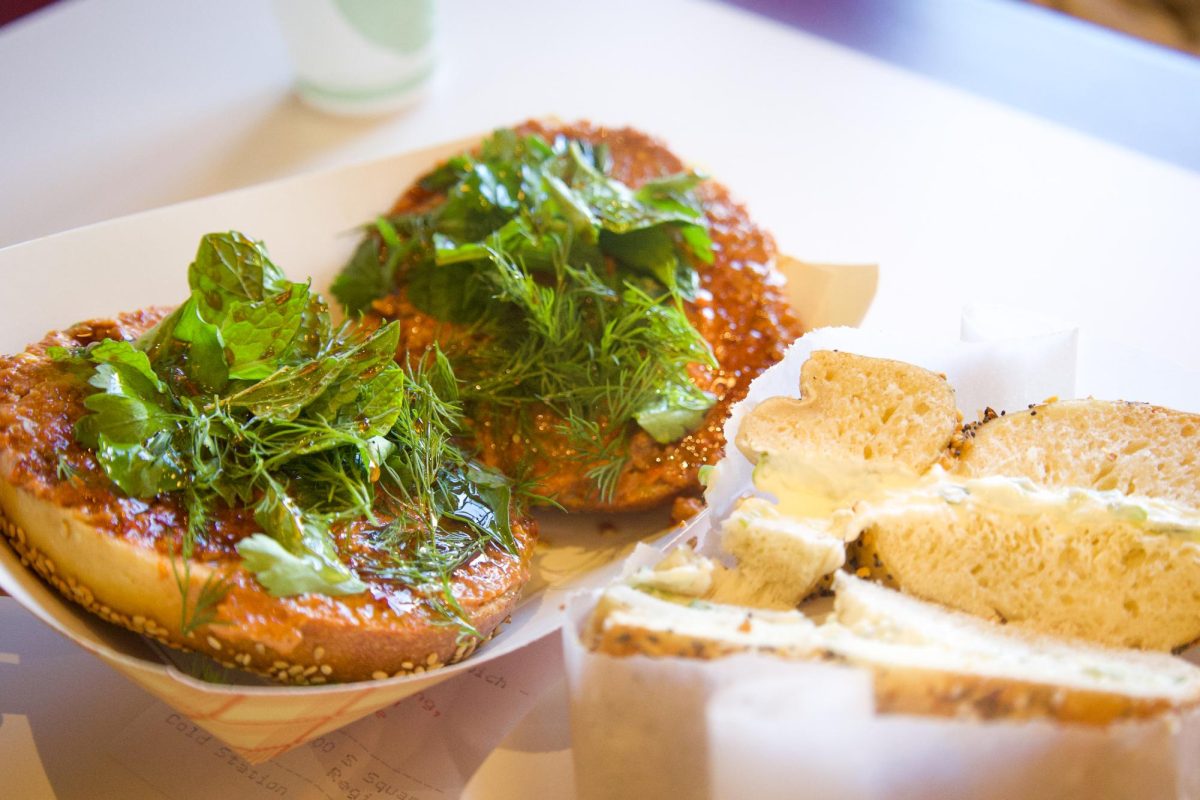
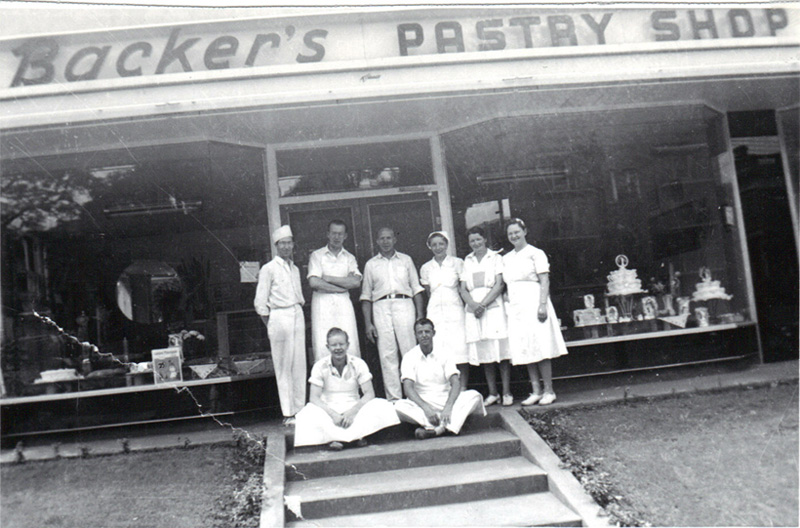
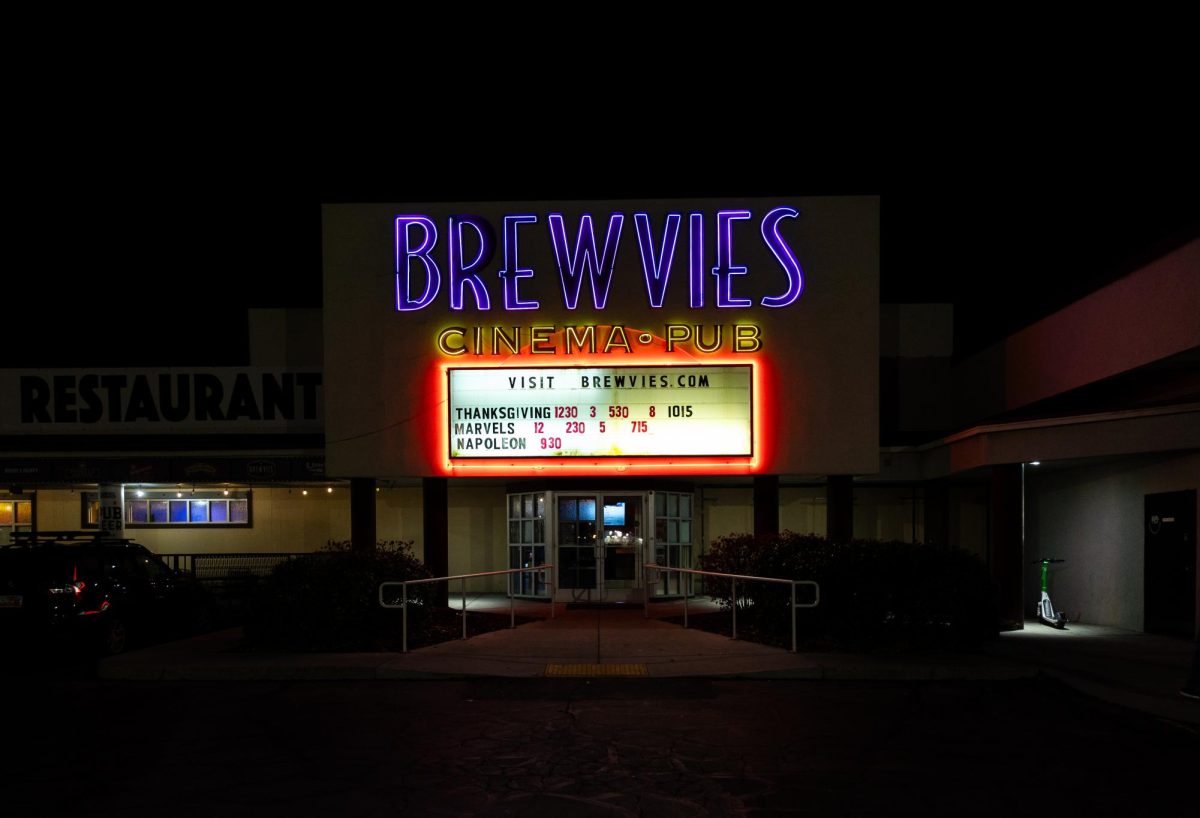
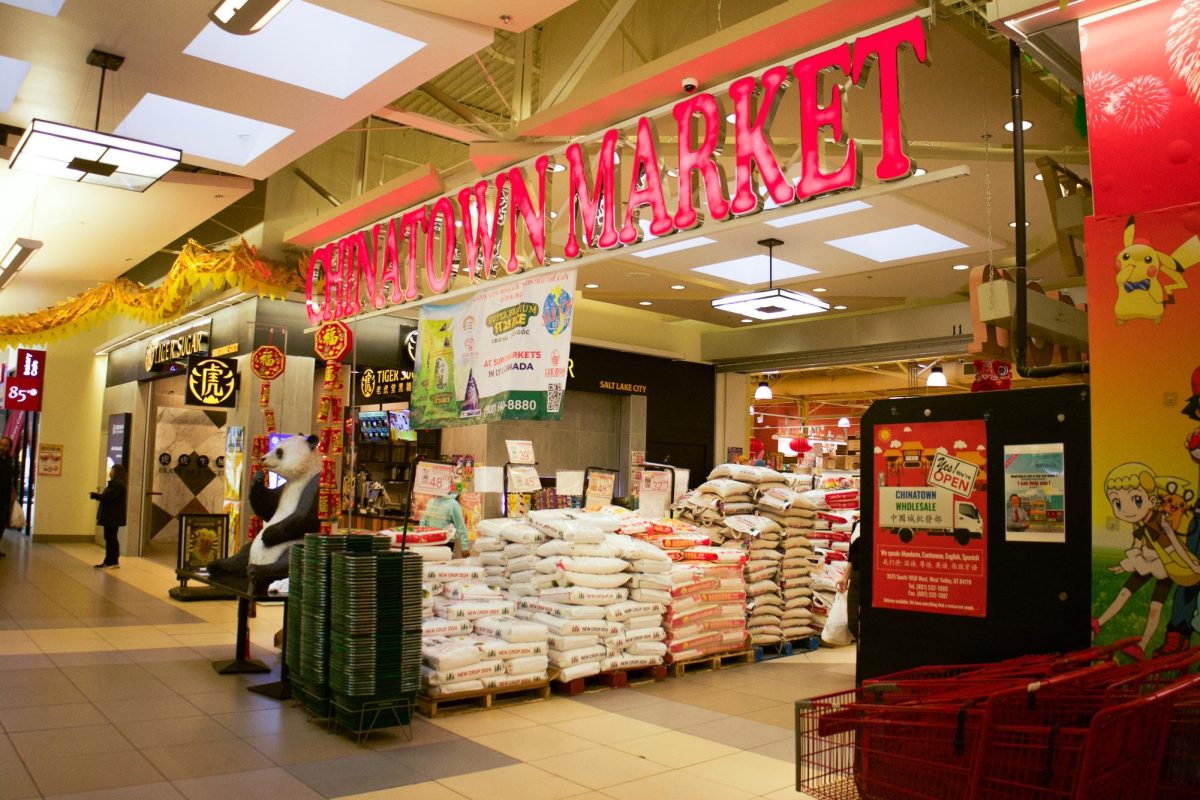
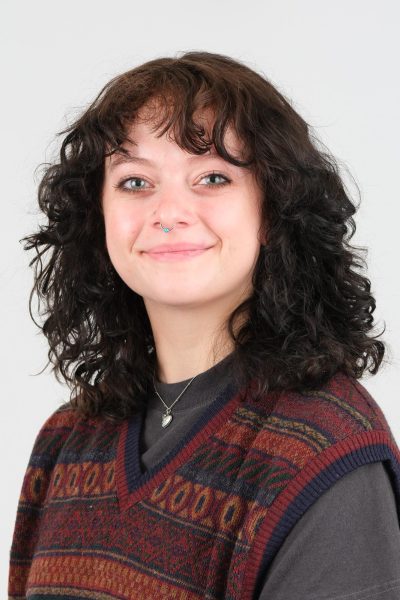
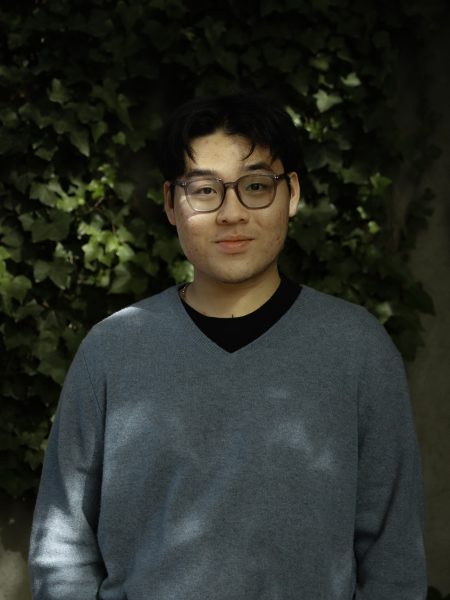
Sofocles Moran • Jun 14, 2024 at 3:19 pm
This is a great article; I want to congratulate Josi and Minh for such a professional job!
Tks!